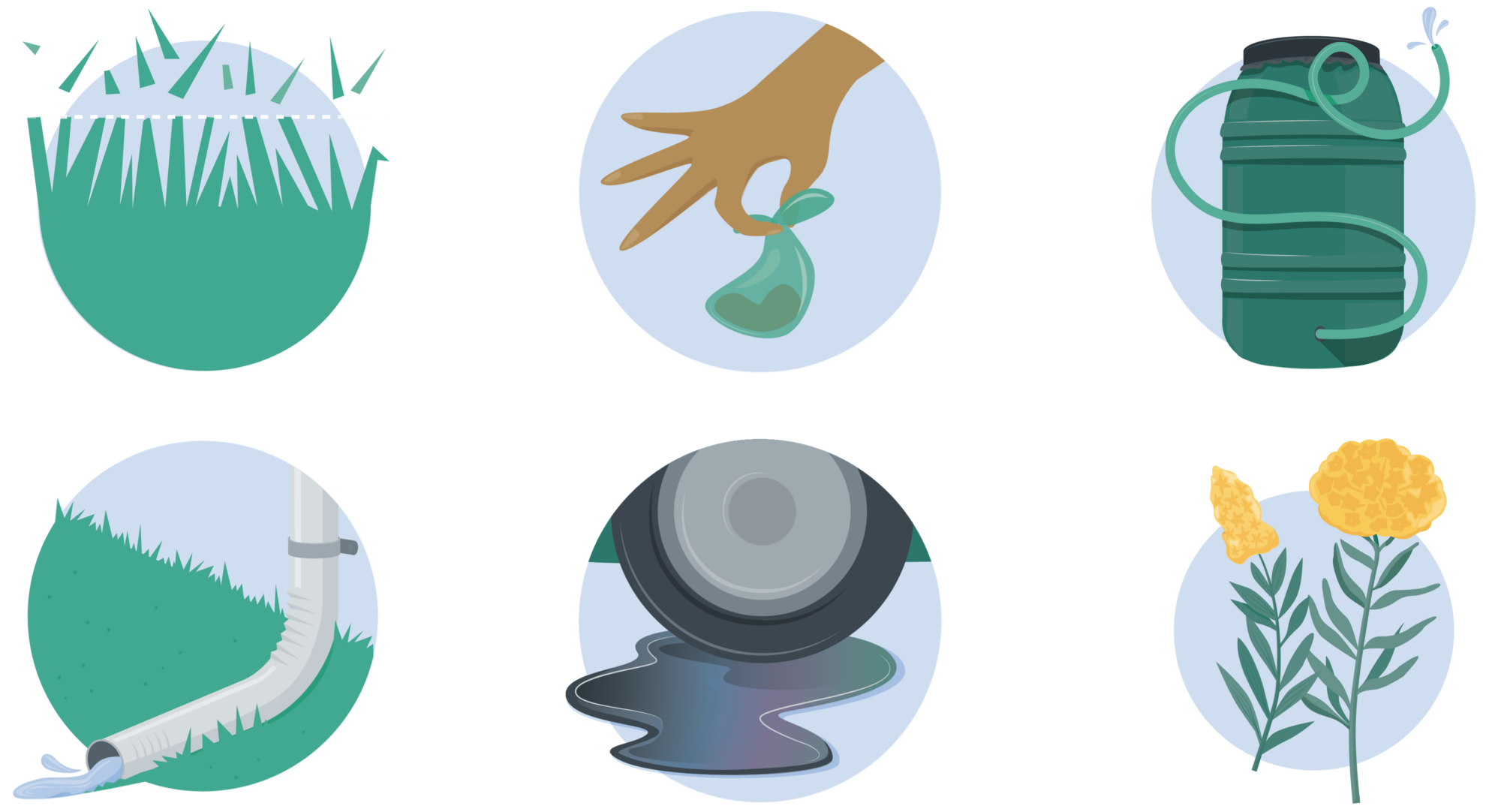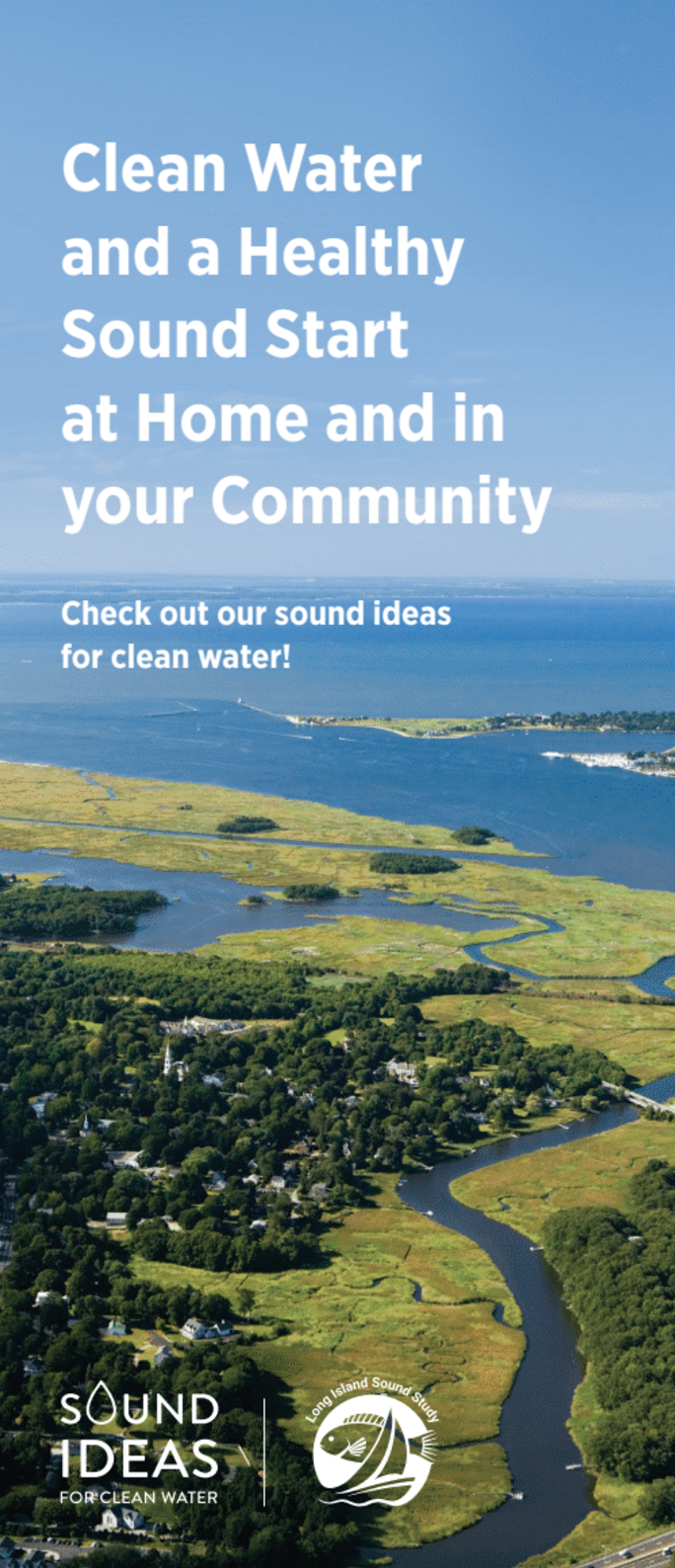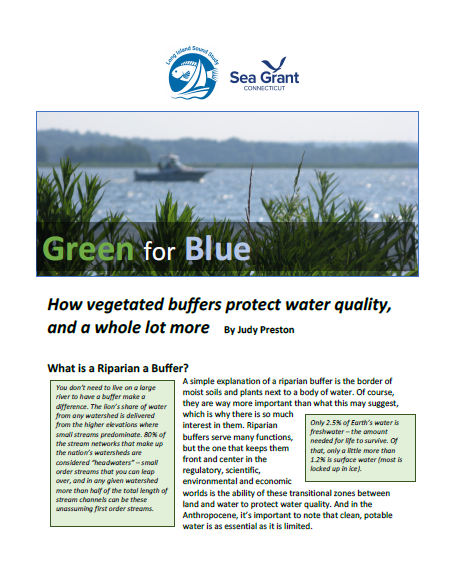Sound Ideas for Clean Water
What is Stormwater Runoff and Why Does it Matter?
Rainfall or melted snow that washes over the Long Island Sound region runs across streets, parking lots, yards, parks, sidewalks, and other surfaces. As it travels, stormwater carries whatever is on the land, including fertilizers, oil, trash, bacteria from pet waste, and many other pollutants. Untreated, this stormwater will flow directly to waterways and nearby storm drains that release polluted water to rivers, lakes, and stormwater pipes, eventually reaching Long Island Sound. Stormwater can’t soak into the ground in developed areas covered by hard pavement and buildings. This can increase the risk of flooding as heavy rainfall, which has become more frequent and extreme in recent years, can overwhelm storm drains and waterways.
Polluted runoff is harmful to humans and animals. Adopting one small “Sound Idea” into your everyday life can improve the Sound’s health and help everyone enjoy cleaner waters.
Learn some Sound Ideas for Clean Water in this brochure.

How to Curb Stormwater Runoff
In Your Garden
A home garden can provide an endless source of pride and joy as well as a bounty of fruits and vegetables. But if you apply too much fertilizer and pesticides it can also become a danger to where family and pets play as well as to local waterways. Chemicals mixed with rainwater (or water from your sprinkler!) can be carried into storm drains, local streams, and ultimately Long Island Sound. There are ways to eliminate or significantly reduce pesticide and fertilizer and still maintain a beautiful garden.
Native plants require little to no chemical fertilizers and have long root systems that store and filter water. They are adapted to live in local conditions, support the local ecosystem, and stay put, unlike non-native plants. You can view some examples of Long Island Sound natives in our series Flora on the Sound. If you are planning to upgrade your garden with native plants, apply to the Long Island Garden Rewards Program to have it them reimbursed!

Rain gardens allow stormwater runoff to naturally soak into the ground. This process filters out pollutants that are carried with the rainwater that washes off your lawn, rooftop and driveway. Rain gardens come in many sizes and are easy to build and maintain! Rainwater harvesting systems, like rain barrels, gather and save rainwater to be utilized later for watering your lawns and gardens, whether a homeowner or renter. For more information on how to build a rain garden, visit the EPA Soak up the Rain website. If you’d like to install a rain barrel or garden, you could apply to the Long Island Garden Rewards Program to have it be reimbursed.
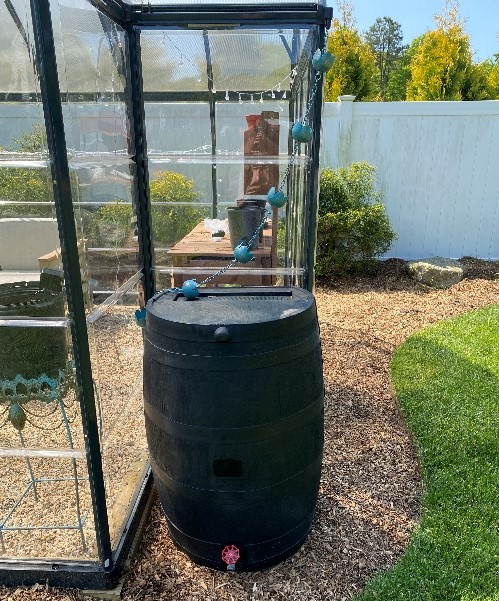
Plant trees and shrubs next to waterways. Riparian (or vegetated) buffers not only improve water quality and increase bank stabilization, but they also provide habitat for wildlife. For more information, read the Connecticut Sea Grant Planting Guide for Riparian Sites. Create a habitat in YOUR backyard. By providing food, water, cover and a place for wildlife to raise their young—and by incorporating sustainable gardening practices—you help wildlife. Visit the National Wildlife Federation’s website for more ideas.

WHERE YOU PARK
Driveways and streets are impervious, or hard surfaces where water cannot seep into the ground. When washing your car at home, the grit, dirt, soap, and grease that come off your vehicle will end up in the wash water, which runs along the curb, traveling down your driveway or parking lot and into the street to storm drains. Storm drains are designed to carry rainwater away from streets to nearby water bodies. The polluted wash water that enters these storm drains will go directly to rivers and streams, eventually reaching Long Island Sound where the contaminated water can harm wildlife and their habitat and negatively impact water quality.
Don’t let your leaks pollute! Car leaks that drip onto the ground, your driveway, or parking lots are picked up by rainwater and carried to storm drains that eventually reach waterways like lakes, rivers, and Long Island Sound. These chemicals are harmful to aquatic life and their habitats. Aim to make repairs to your vehicle as soon as possible. You can clean up spilled fluids using litter or sand, which once absorbed, should be disposed of in the trash–not rinsed.
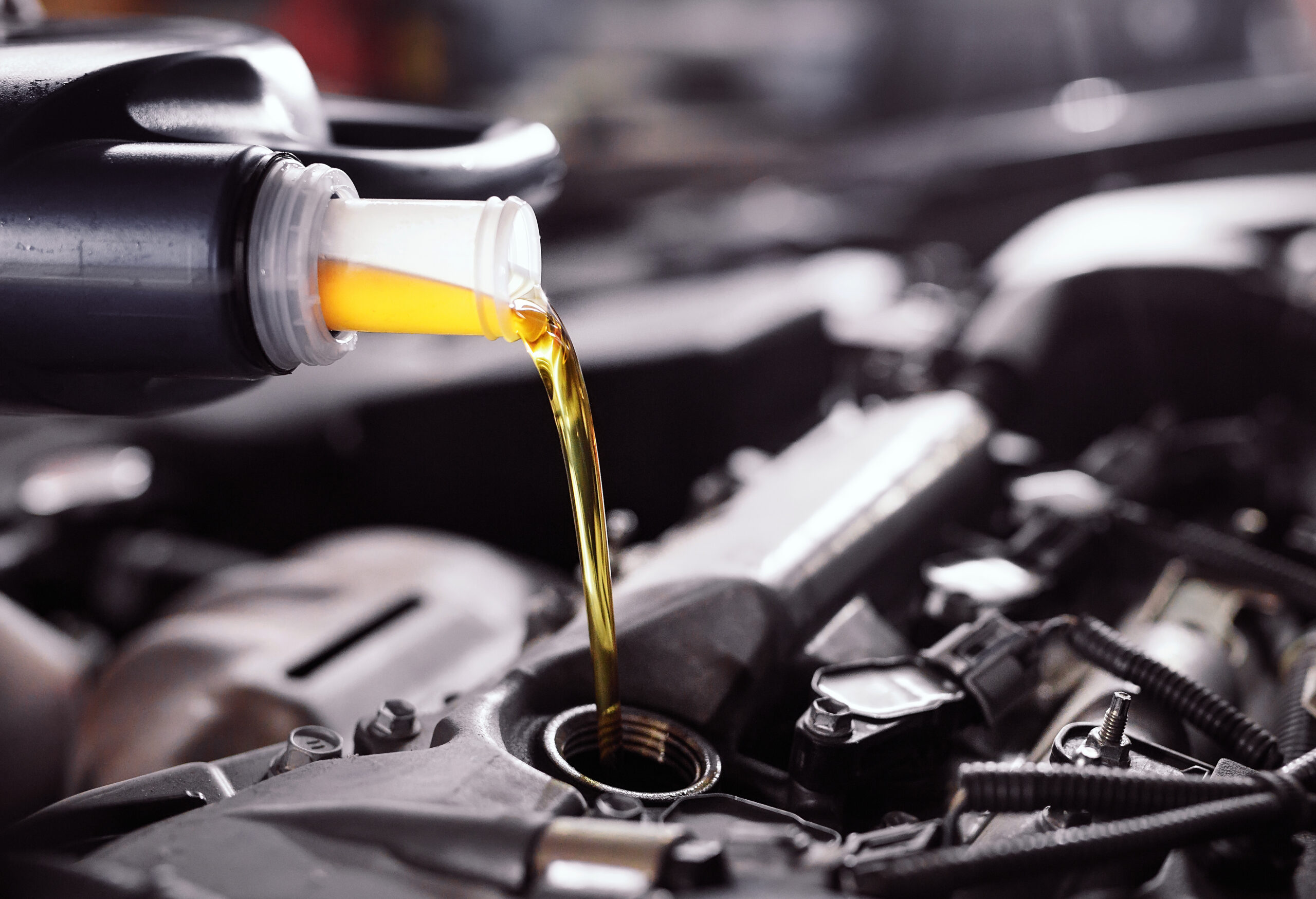
Washing your car on grass allows dirty wash water to soak into the ground. Aim to use biodegradable soaps that are designed to break down naturally, unlike traditional soaps which can harm the environment. Better than washing your car at home, consider bringing it to the car wash. Most car washing facilities recycle their wash water and treat it before it is released back into the environment.
If you are part of a community car wash fundraiser, suggest moving it to a grassy field instead of playgrounds and parking lots. That way the dirty wash water can seep into the ground and be naturally filtered.
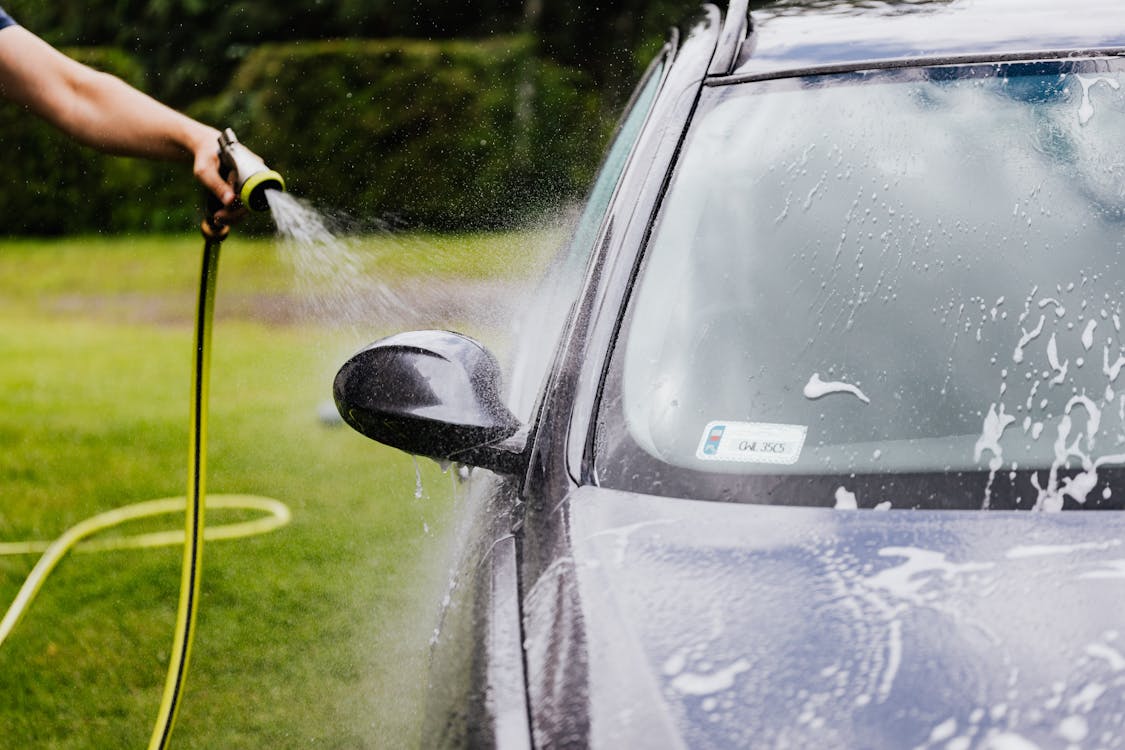
Permeable pavers allow stormwater to soak into the ground, rather than running across your driveway and to nearby storm drains. For more information on this driveway alternative, visit EPA’s Soak Up the Rain website.

On Your Lawn
Fertilizer is one of Long Island Sound’s leading causes of nitrogen pollution (second after wastewater from wastewater treatment plants and septic tanks). Nitrogen is a naturally occurring nutrient essential for plant growth and health. However, it can be harmful when found in excess in waterbodies and can lead to harmful algal blooms, low oxygen conditions, and low water quality. Since most fertilizers contain nitrogen, knowing how to best care for our lawns while protecting our local water bodies is important.
If you’re not using fertilizer on your lawn, you’re already doing the best thing you can do to keep our waters clean! If you are using fertilizer and would like to stop while keeping your lawn looking good, try these techniques:
- Leave grass clippings on your lawn: These can act as a natural fertilizer, slowly releasing nutrients as they decompose. Find more specific tips here.
- Cut your grass no shorter than 3 inches: Longer grass means longer root systems, allowing them to reach deeper into the soil for water and nutrients. That means less fertilizing and watering are required.
- Consider using grasses that require less maintenance: Certain species of grasses require less maintenance and watering than others; find some guidance on them and how to overseed your lawn here.
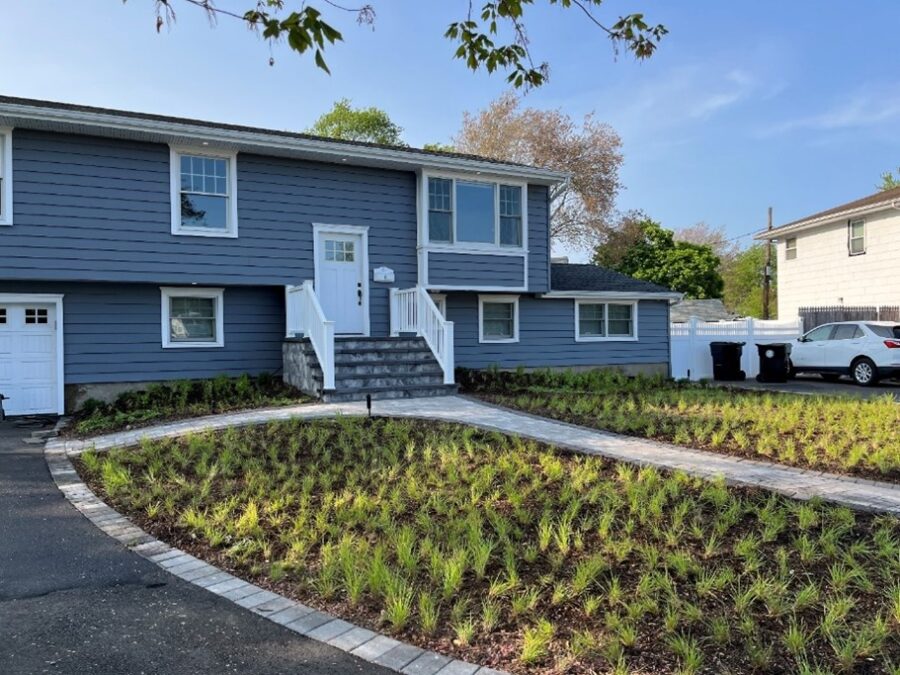
- Use low amounts and slow-release alternatives: Find more information on selecting your fertilizer and calculating the best amount here.
- Time it right – only fertilize around Memorial Day or Labor Day: If you are going to use fertilizer, the key is to apply it when grass will be able to absorb it most to decrease the amount of fertilizer that remains on the ground and leeches into groundwater or is swept away by stormwater. Turfgrass becomes dormant when it is too hot and when soil temperatures drop under 55 degrees Fahrenheit, so the ideal time to fertilize is between mid-April to May after the ground has warmed but before summer temperatures increase. If fertilizing in the fall, especially if using slow-release fertilizers, early September is usually best. Be sure to check whether your state or county has timing restrictions too!
For more information on fertilizer best practices, read this report from UConn.
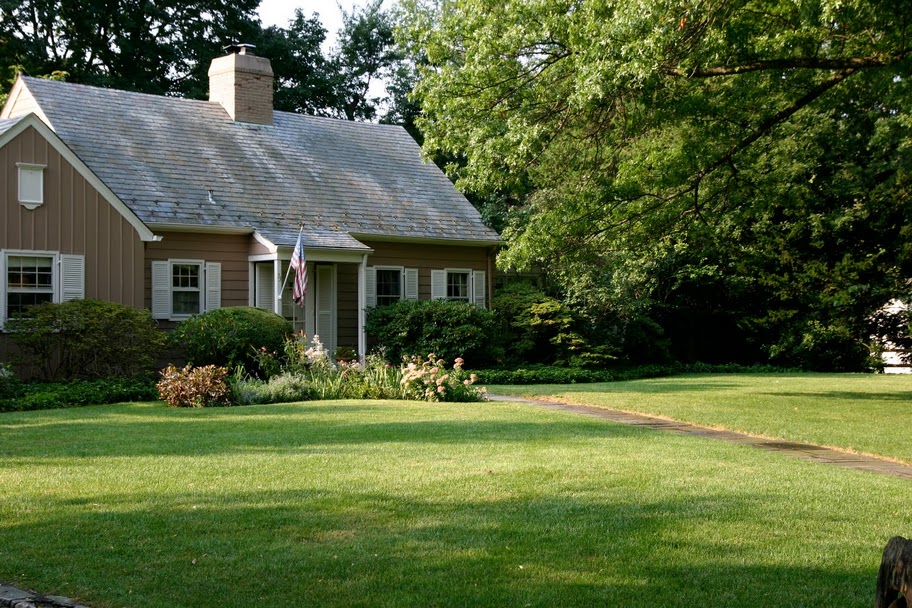
Timing and placement of your sprinklers can also impact your water footprint. Limit irrigation to the very early morning (4-8 a.m.) or late night (6-10 p.m.) when it is cooler out to avoid evapotranspiration and make the most of your water. You should also make sure your sprinklers are only watering your plants and not the sidewalk or driveway, as this water could easily run over hard surfaces taking with it pollutants into the storm drain. You might also consider installing a rain or soil moisture sensor for your sprinklers to avoid overwatering. Find more tips and information on watering here and here.
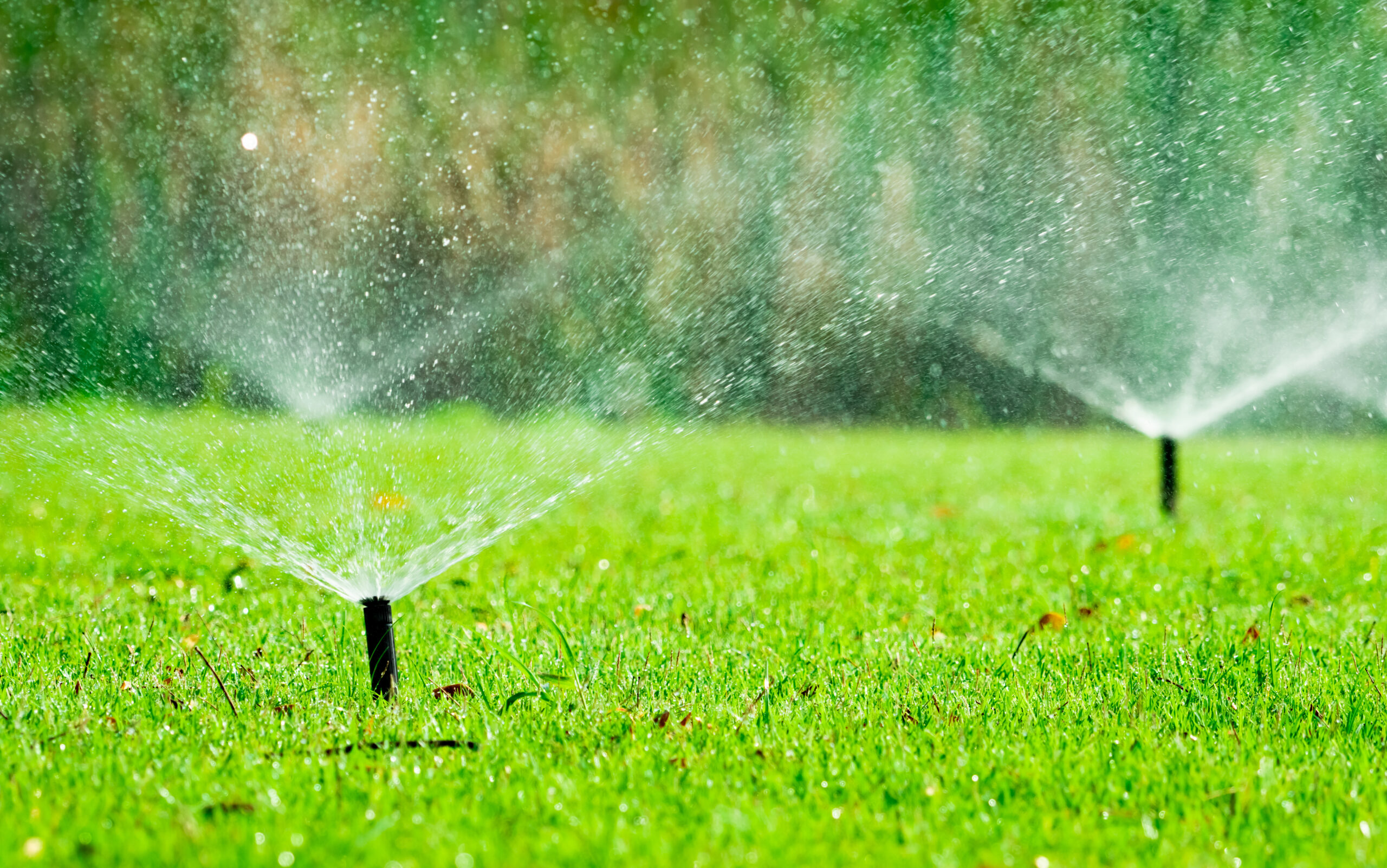
Why not reuse the rainwater falling on your roof? Rain barrels collect rainwater which can then be used to irrigate your lawn. If you have downspouts, make sure they are pointing towards the lawn or plant beds and not an impervious surface like the driveway, where the rainwater could collect pollutants and go down the storm drain.
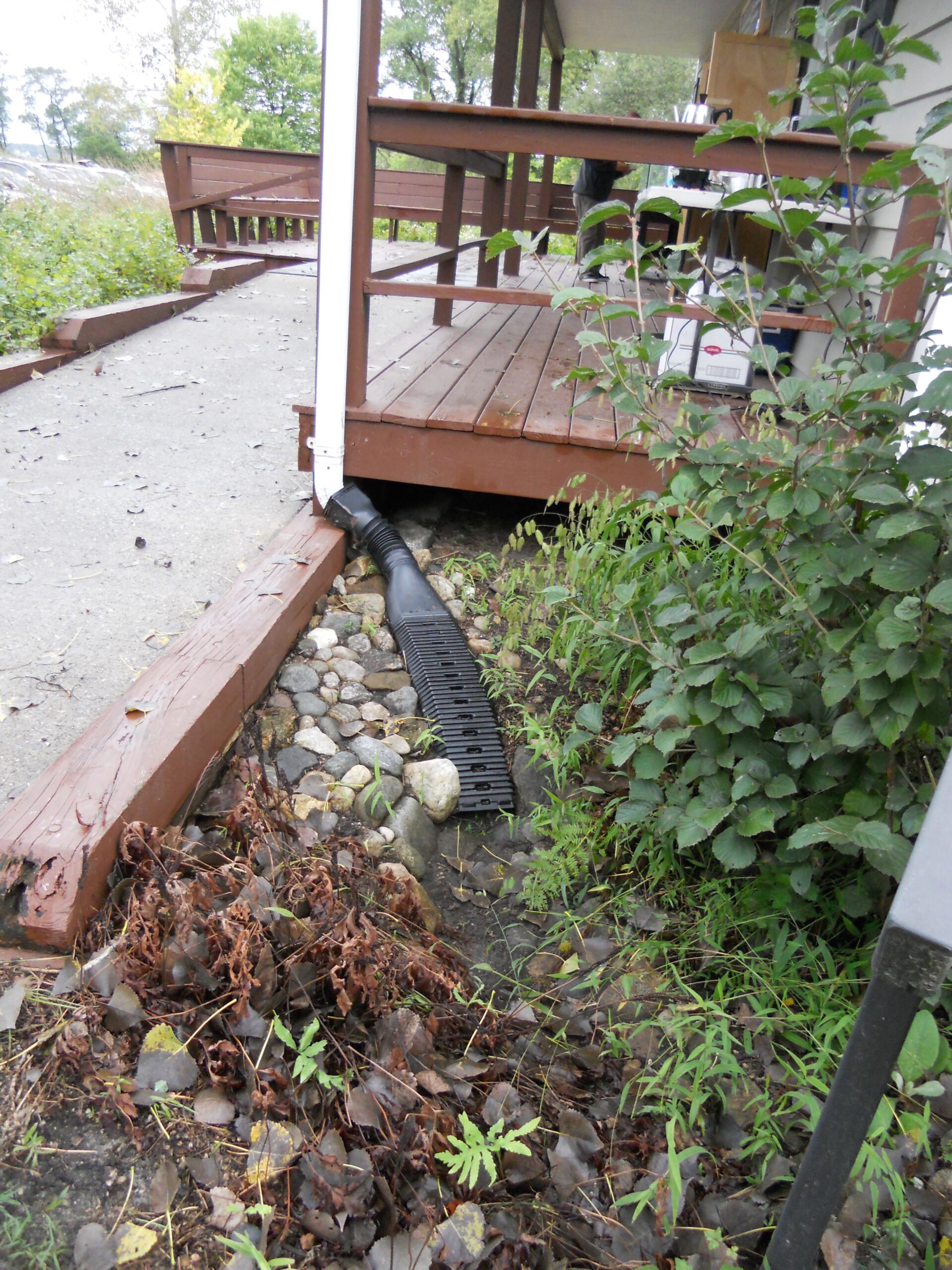
In the Street And On the Sidewalk
The estuary starts in your community! Pollution in rivers and estuaries sometimes begins as litter on streets and sidewalks. Rainwater can carry litter to nearby storm drains and catch basins, where it enters the sewer system in many of our cities and neighborhoods. In more suburban areas litter can blow or wash from the streets in streams. Either way, this litter eventually reaches waterways, hurting wildlife, impairing water quality, and putting people at risk. Natural debris, like leaves and branches, can also be carried by rain and can accumulate and block storm drain holes. This can contribute to flooding along neighborhood streets and sidewalks.
Clear your nearby storm drain before rain events to keep pollution from flowing into waterways. By clearing debris you can help curb pollution and reduce flooding. Contact your local public works department if you notice that a storm drain is heavily clogged or blocked. “Adopt-a-Drain” programs organize volunteers to regularly clean a specific storm drain to keep waterways protected. Learn how your neighborhood could adopt a drain here.

Storm drains can accumulate trash and pollution. Natural materials like leaves will biodegrade but plastics can make it into the waterways, become microplastic pollution, and negatively impact birds, turtles, fish, and other wildlife. Reducing use helps keep the estuary clean and healthy. Our annual #DontTrashLISound wildlife stickers are perfect for your reusable water bottle and encourage others to break the single-use plastic habit.
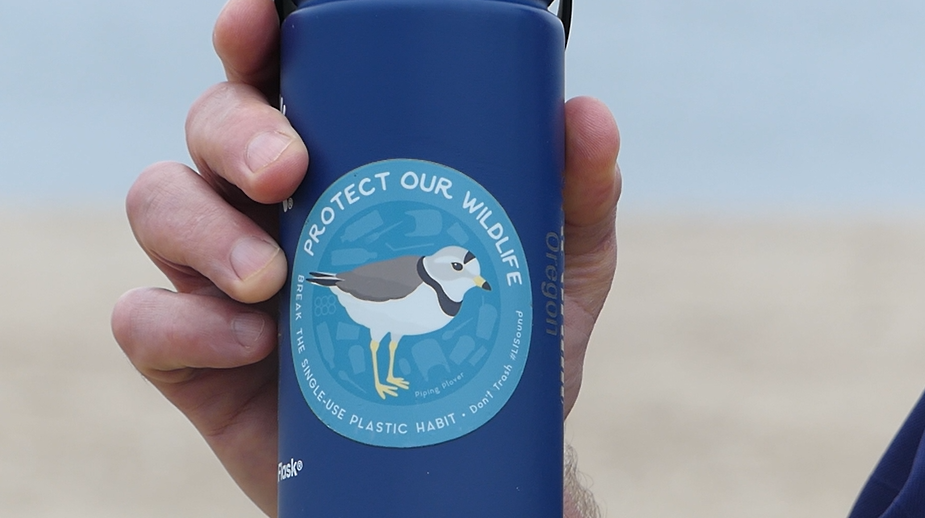
Municipal crews or volunteers will use stencils to mark storm drains or apply decals that say “No Dumping – Drains to Waterways.” These markers help remind people to not dump litter or waste into storm drains. Work with your local public works entity to learn where and how to install the markers in your neighborhood.
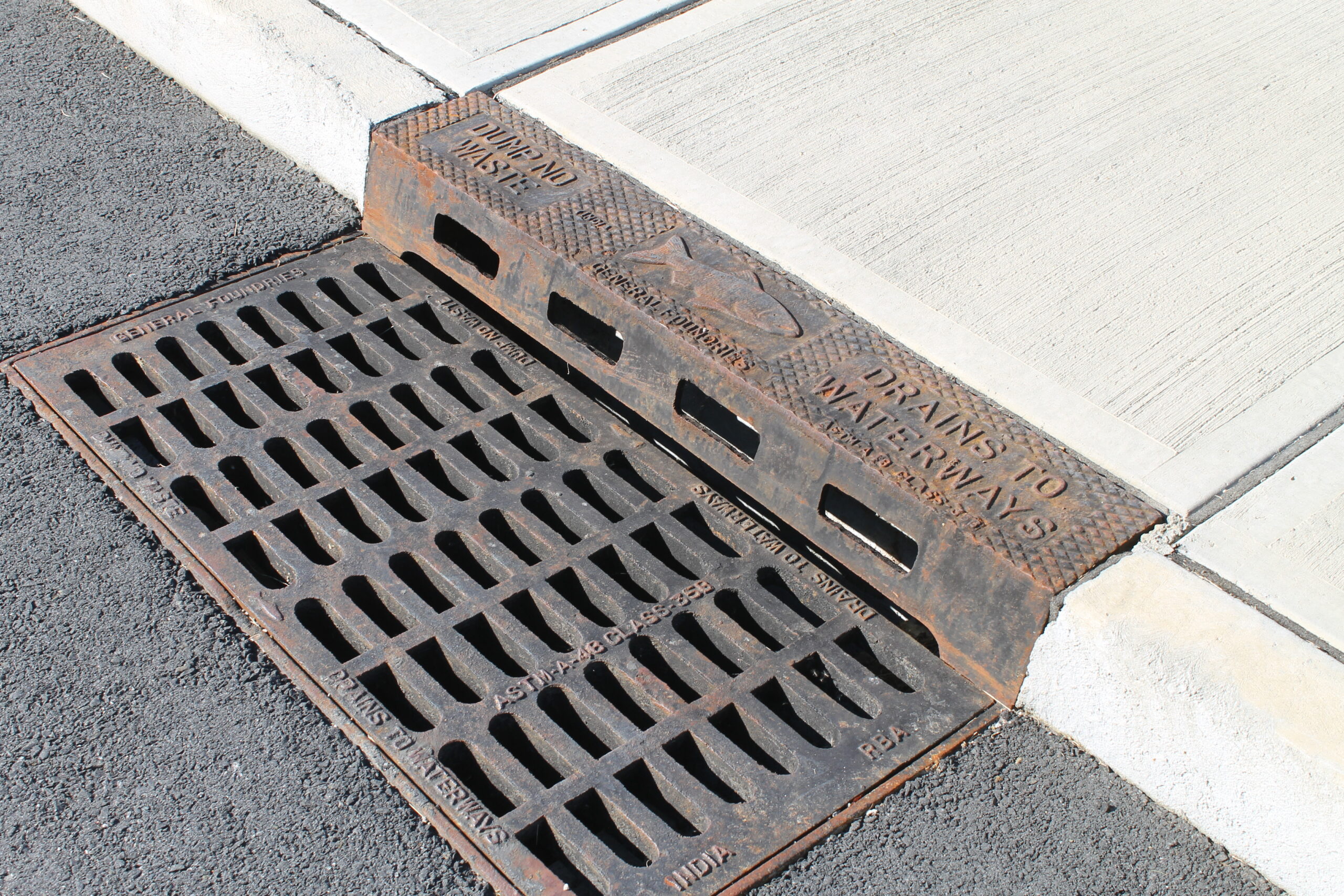
Share information about stormwater pollution and its environmental impact with your neighbors and friends!
Municipalities are encouraged to use the Sound Ideas for Clean Water brochure in their outreach efforts. For more information about this campaign, contact the outreach coordinator for your area. Learn more about what you can do for the Sound on our Get Involved page.
- Connecticut Outreach Coordinator, Maggie Cozens margaret.cozens@uconn.edu
- New York Outreach Coordinator (Long Island), Jimena Perez-Viscasillas jbp255@cornell.edu
- New York Outreach Coordinator (NYC & Westchester County), Lillit Genovesi lg543@cornell.edu
